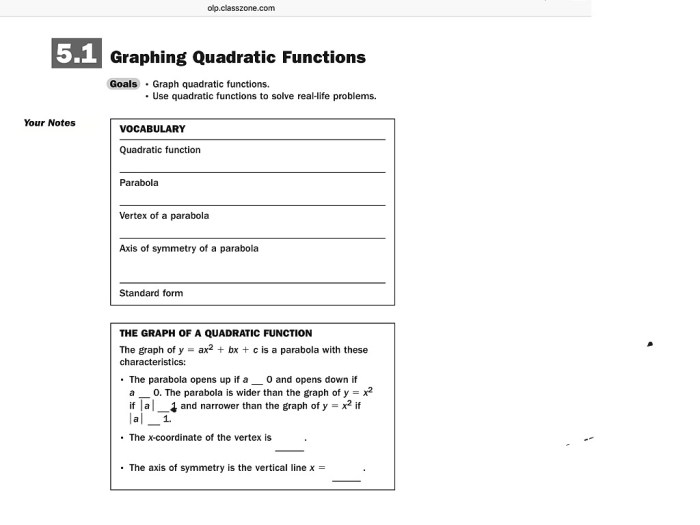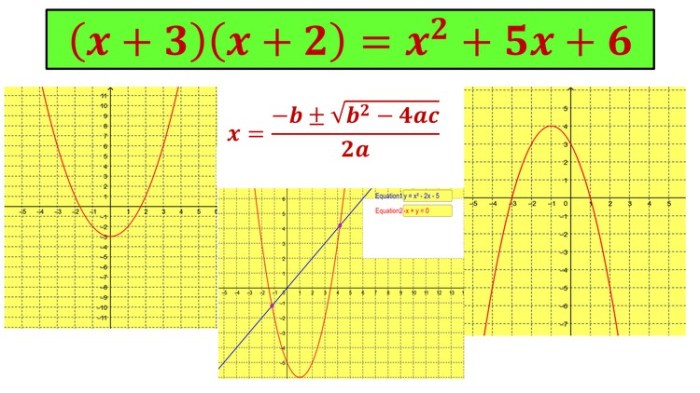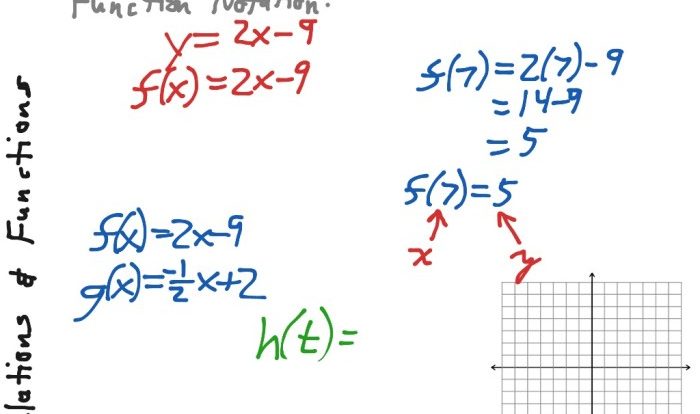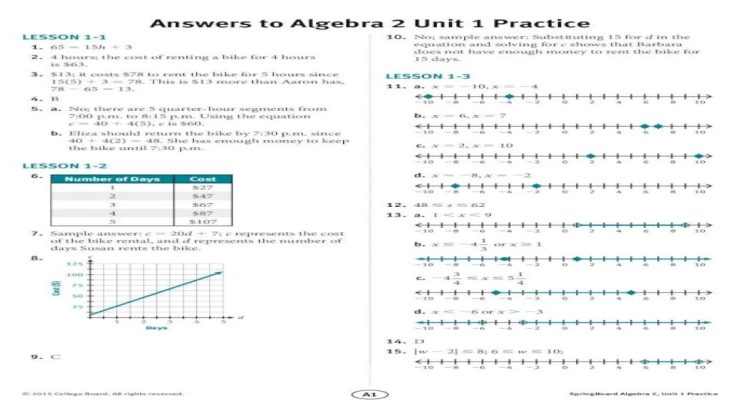Solving quadratics by graphing and factoring review – Delving into the realm of solving quadratics, this comprehensive review explores the intricacies of graphing and factoring techniques. By unraveling the mysteries of quadratic equations, we unlock a powerful tool for tackling real-world problems in diverse fields.
Throughout this discourse, we will delve into the fundamental concepts of quadratic equations, unravel the intricacies of graphing and factoring, and explore their practical applications. Prepare to embark on an enlightening journey that will equip you with the knowledge and skills to conquer the challenges posed by quadratics.
Introduction to Quadratic Equations

A quadratic equation is an equation of the form ax² + bx + c = 0, where a, b, and c are real numbers and a ≠ 0. Quadratic equations are commonly encountered in mathematics, science, and engineering.
Examples of quadratic equations include:
- x² – 5x + 6 = 0
- 2x² + 3x – 5 = 0
- -x² + 4x – 3 = 0
Graphing Quadratics
Graphing a quadratic equation involves plotting points on a coordinate plane and connecting them to form a parabola. The shape of the parabola depends on the values of a, b, and c.
To graph a quadratic equation, you can use the following steps:
- Find the vertex of the parabola. The vertex is the point where the parabola changes direction.
- Plot the vertex on the coordinate plane.
- Find the y-intercept of the parabola. The y-intercept is the point where the parabola crosses the y-axis.
- Plot the y-intercept on the coordinate plane.
- Find additional points on the parabola by plugging in values for x and solving for y.
- Connect the points to form a parabola.
Factoring Quadratics, Solving quadratics by graphing and factoring review
Factoring a quadratic equation involves finding two binomials whose product is the original quadratic equation. There are several methods for factoring quadratics, including:
- Factoring by trial and error
- Factoring by grouping
- Factoring using the quadratic formula
Once a quadratic equation has been factored, it can be solved by setting each factor equal to zero and solving for x.
Solving Quadratics by Graphing
To solve a quadratic equation by graphing, you can use the following steps:
- Graph the quadratic equation.
- Find the x-coordinates of the points where the parabola crosses the x-axis.
- These x-coordinates are the solutions to the quadratic equation.
Solving Quadratics by Factoring
To solve a quadratic equation by factoring, you can use the following steps:
- Factor the quadratic equation.
- Set each factor equal to zero and solve for x.
- The solutions to the quadratic equation are the values of x that make either factor equal to zero.
Comparing Graphing and Factoring
Graphing and factoring are two methods for solving quadratic equations. Each method has its own advantages and disadvantages.
Graphing is a good method for visualizing the solution to a quadratic equation. It is also a good method for finding approximate solutions to quadratic equations.
Factoring is a good method for finding exact solutions to quadratic equations. It is also a good method for solving quadratic equations that have rational solutions.
In general, graphing is a good method to use when you need to visualize the solution to a quadratic equation or when you need to find approximate solutions. Factoring is a good method to use when you need to find exact solutions to quadratic equations or when you need to solve quadratic equations that have rational solutions.
Applications of Quadratic Equations
Quadratic equations have many applications in real-world problems. For example, quadratic equations can be used to:
- Solve problems in physics, such as projectile motion and parabolic trajectories.
- Solve problems in engineering, such as designing bridges and buildings.
- Solve problems in economics, such as maximizing profits and minimizing costs.
Quadratic equations are a powerful tool that can be used to solve a variety of problems in mathematics, science, and engineering.
FAQ Summary: Solving Quadratics By Graphing And Factoring Review
What is the difference between graphing and factoring quadratics?
Graphing involves plotting points to visualize the equation’s curve, while factoring breaks down the equation into simpler factors to find its roots.
When should I use graphing over factoring?
Graphing is useful for estimating roots and visualizing the equation’s behavior, while factoring is more efficient for finding exact roots.
Can I use both graphing and factoring to solve the same quadratic equation?
Yes, combining both methods can provide a comprehensive understanding of the equation and its solutions.


